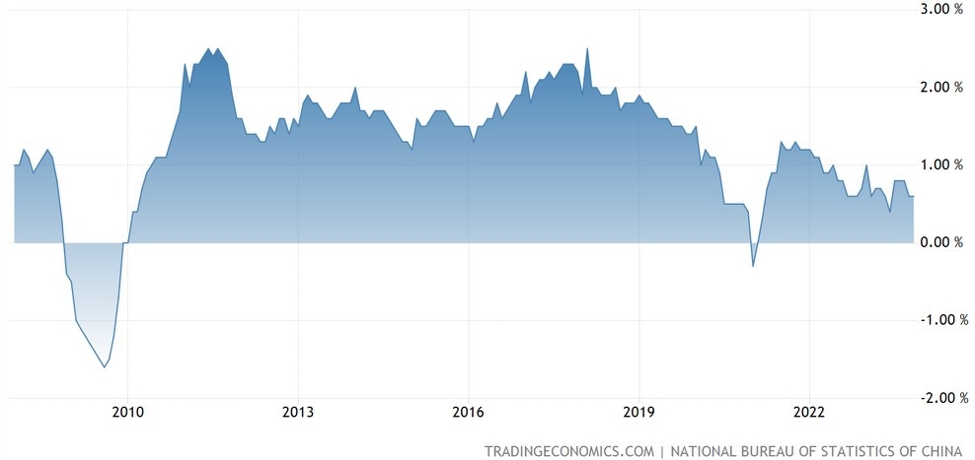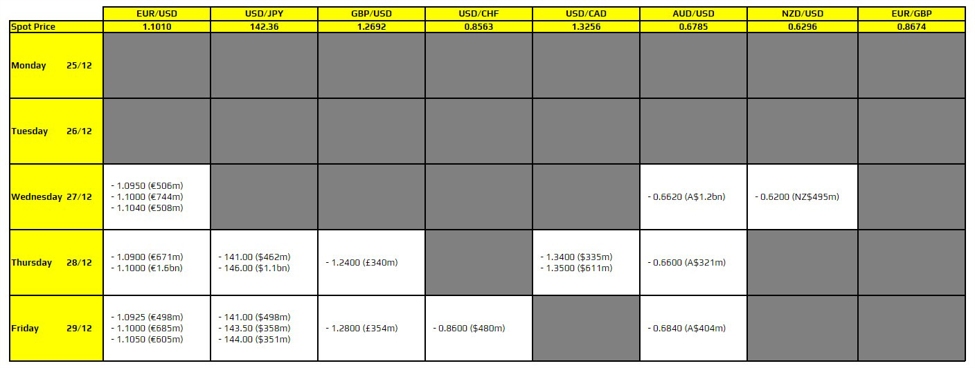Learning to open a trade is just the beginning. True skill in options trading comes from knowing how to manage, adjust, and exit positions effectively. This guide focuses on rolling strategies, exit planning, and adapting live trades—skills that separate experienced traders from novices.
Whether you’re managing income trades like iron condors or navigating a directional call spread, knowing how and when to intervene can help protect capital, lock in gains, or give your position a second life.
Why Rolling and Adjusting Matters in Stock Options Education
-
Markets are dynamic: Price, volatility, and time evolve, and your trade needs to evolve with them.
-
Preserve profits or reduce losses: Proper management can shift the odds in your favor.
-
Gain more experience: Even small adjustments help reinforce critical decision-making skills in options trading.
What Is Rolling?
Roll (those options)
Rolling a position means closing your current option trade and opening a new one with different terms—usually to a different strike, expiration, or both.
You can roll:
Common Scenarios:
-
Stock is moving against your vertical spread → Roll to widen range or shift bias
-
Short option is ITM near expiration → Roll to avoid assignment
-
Market is range-bound but more time is needed → Roll to next expiry to let Theta work longer
Example:
You sold a $100/$105 bear call spread (credit) expiring this Friday, but the stock moved to $104 mid-week.
Roll Out and Up:
This gives you more time for price to settle and a better risk profile.
Managing Vertical Spreads
Bull Put / Bear Call Spreads:
-
Early Exit Tactic: Close at 50–70% of max profit to avoid late trade risk
-
Adjustment Option: Roll up or down if your short strike is at risk
-
Repair Plan: If tested, consider converting to an iron condor or adjusting to a butterfly
Debit Spreads:
Adjusting Iron Condors
Approach:
-
Monitor both sides (puts and calls)
-
Adjust the tested side: Roll threatened short strike further out or shift both sides
-
Convert to iron butterfly if range tightens
Example:
Iron condor:
Action:
When to Exit an Options Trade
-
Profit Target Hit: Don’t wait for max profit—take 50–75% and reduce exposure
-
Time Decay Achieved: If Theta has done its job, close and redeploy capital
-
Volatility Collapse: Vega-sensitive trades may lose steam when IV drops
-
Broken Thesis: If the price action contradicts your reason for entry, cut the trade early
Don’t wait until expiration—gamma risk increases dramatically in the final week.
Pro Tips for Learning Options Exit Strategy
-
Use GTC (Good-Til-Cancelled) orders to lock in profits automatically
-
Set alerts around your short strike(s)
-
Keep a log of roll outcomes: Did the roll improve outcome or delay losses?
-
Consider partial exits (scale out) for larger positions
Wrapping Up: Becoming an Adaptive Options Trader
Managing and adjusting options positions isn’t a sign of a bad trade—it’s a sign of a mature, disciplined trader. The best options traders use rolling not to chase losses, but to reshape opportunity and protect capital.
In your stock options education journey, this is one of the most valuable skills to internalize.
Next, we’ll take on Volatility-Based Options Strategies—trading not just price, but the expectation of movement itself.
Continue learning options with us at ForexLive.com (to evolve later this year to investingLive.com, where strategic education meets live-market logic.
ForexLive.com
is evolving into
investingLive.com, a new destination for intelligent market updates and smarter
decision-making for investors and traders alike.















